

Gautam Sharma
4 Months Ago

Contributor
The phrase race car for the road is one of the motoring world’s favourite tropes.
It’s rarely true in practice, but there are parts of the new Porsche 911 GT3 that get close to delivering on the promise.
Porsche claims the engine in the road-going GT3 is nearly identical to that of the 911 Cup car sold to customer racers around the world, itself derived from the 911 R endurance racer’s motor.

Head of the Porsche GT division, Andreas Preuninger, explained to Australian media just how deep the similarities are.
“It’s definitely the same engine that we use in the Cup car,” Mr Preuninger said.
“There are slight differences. We have a different engine management system, a race car’s engine management system, and we have a different exhaust on the car because you don’t need particulate filters or catalysts, or noise-restricting dampers in the race car.
“Other than that, this is exactly the same engine. Same part number, same everything.”

“This is the great symbiosis that we have with the race car development.
“We are taking advantage of the testing that has to be done for a race car, with the full power periods these engines have to endure over a whole season or more than one season before they open the engine.
“On the other side, the longevity, the endurance runs of a street car, there’s a lot more detail and there’s a lot more testing going on for street cars than for race cars.
“Put these two things together and you end up with a pretty bulletproof product.”
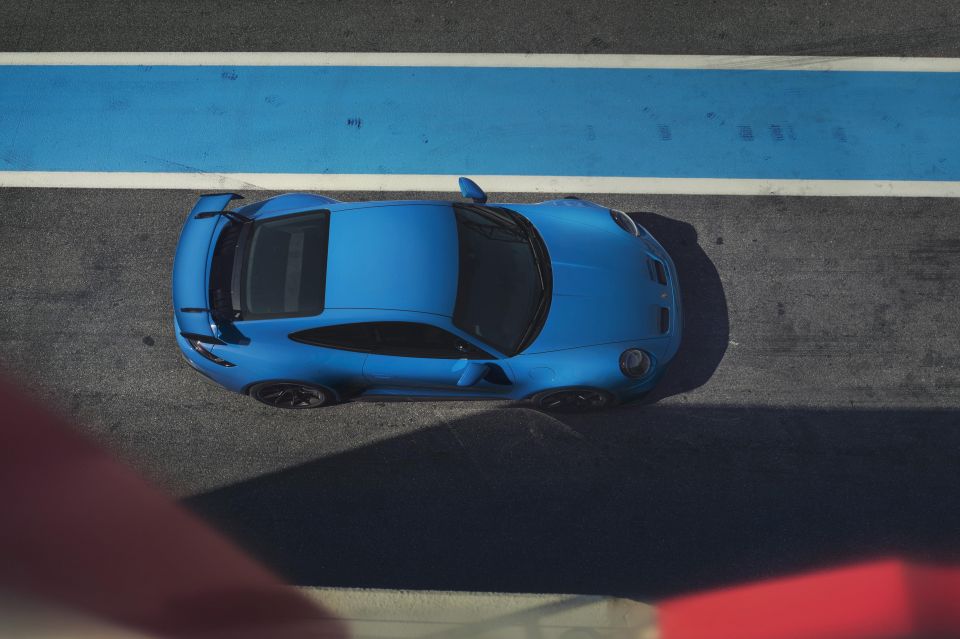
Power comes from a 4.0-litre naturally-aspirated flat-six engine with 375kW of power and a 9000rpm redline, good for a3.4-second sprint to 100km/h with the seven-speed PDK transmission.
With the PDK fitted the 911 GT3 will hit 318km/h flat out, while the manual stretches that to 320km/h. Advantage purists…
Although it’s bigger than before, has more technology than before, and is more powerful than before, the 2021 GT3 tips the scales at 1418kg with a manual or 1435kg with the dual-clutch transmission.
Beyond the engine, the 2021 GT3 is the first road-going Porsche 911 to feature a double-wishbone front suspension.
Along with the engineering challenge of slotting the different design into the 992 body, ensuring it could be installed using Porsche’s existing production technique was also a challenge for the GT team.
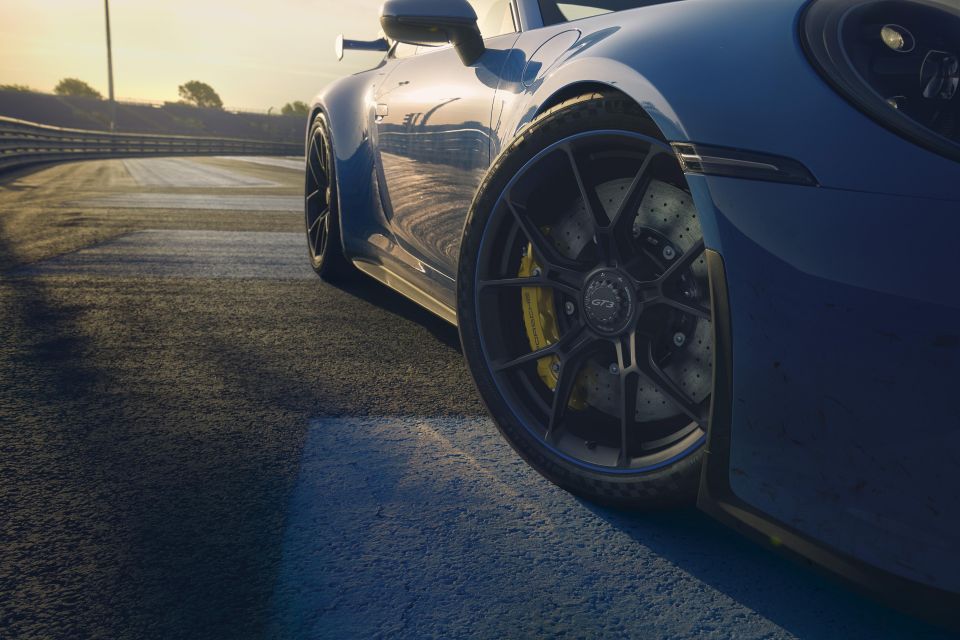
“The challenge to get it done was not so much the system of a double wishbone itself. This is nothing new, we do it on the race car,” Mr Preuninger said.
“A very big challenge, and this is maybe what people don’t realise at first sight, is the production line we’re building the cars on,” he said.
“We have only one production line in Zuffenhausen, and all our cars are going through this production line.
“It’s very narrow there, you don’t have the space. You only have so-and-so much time to build additional stuff into the car [so it] doesn’t hold up other cars in the line behind.
“We had to find a way to incorporate this technology in a way that doesn’t hinder, or doesn’t slow down, the production processes.”
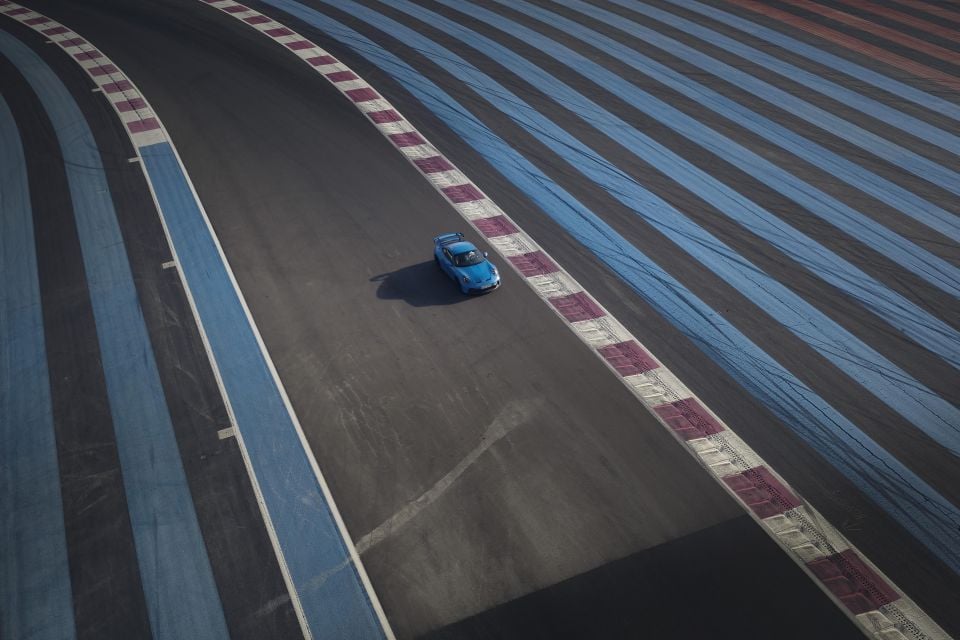
The double-wishbone suspension has allowed Porsche to stiffen the front suspension without undermining the car’s ability to soak up bumps.
“The precision and the camber stiffness has a lot of advantages for the driving… but you can take away all the forces of braking and accelerating from the damper, because the damper sits in between the two wishbones,” Mr Preuninger explained.
“On a MacPherson [front suspension] all the forces from braking just go through the damper, so you need a very stiff damper and that kind of influences how precisely a damper can work,” he said.
“You can be a lot more sensible [with a double wishbone suspension].”

Along with what’s under the skin, there are a few exterior elements that borrow more overtly from the 911 GT3 Cup car.
The rear wing now has a hard-to-miss gooseneck mount allowing its underside, which is the area that does the most work in creating downforce, is completely clean.
The diffuser is more prominent than before, and the vented bonnet up front is nearly identical to that of the racer.
Take advantage of Australia's BIGGEST new car website to find a great deal on a Porsche 911.
Scott Collie is an automotive journalist based in Melbourne, Australia. Scott studied journalism at RMIT University and, after a lifelong obsession with everything automotive, started covering the car industry shortly afterwards. He has a passion for travel, and is an avid Melbourne Demons supporter.


Gautam Sharma
4 Months Ago


Paul Maric
4 Months Ago


Paul Maric
4 Months Ago
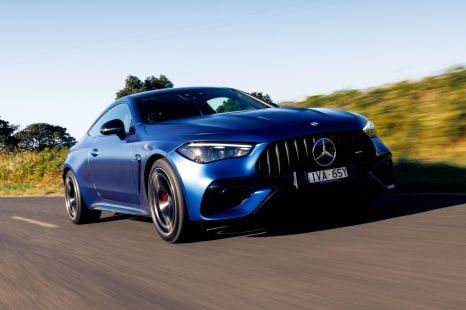

Josh Nevett
3 Months Ago
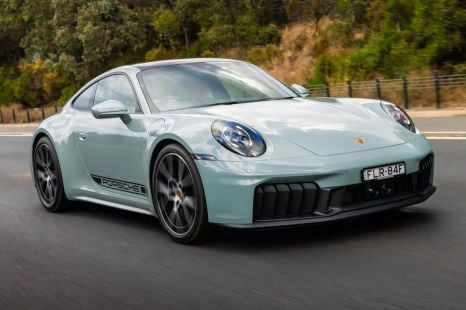

Alborz Fallah
2 Months Ago


William Stopford
22 Days Ago